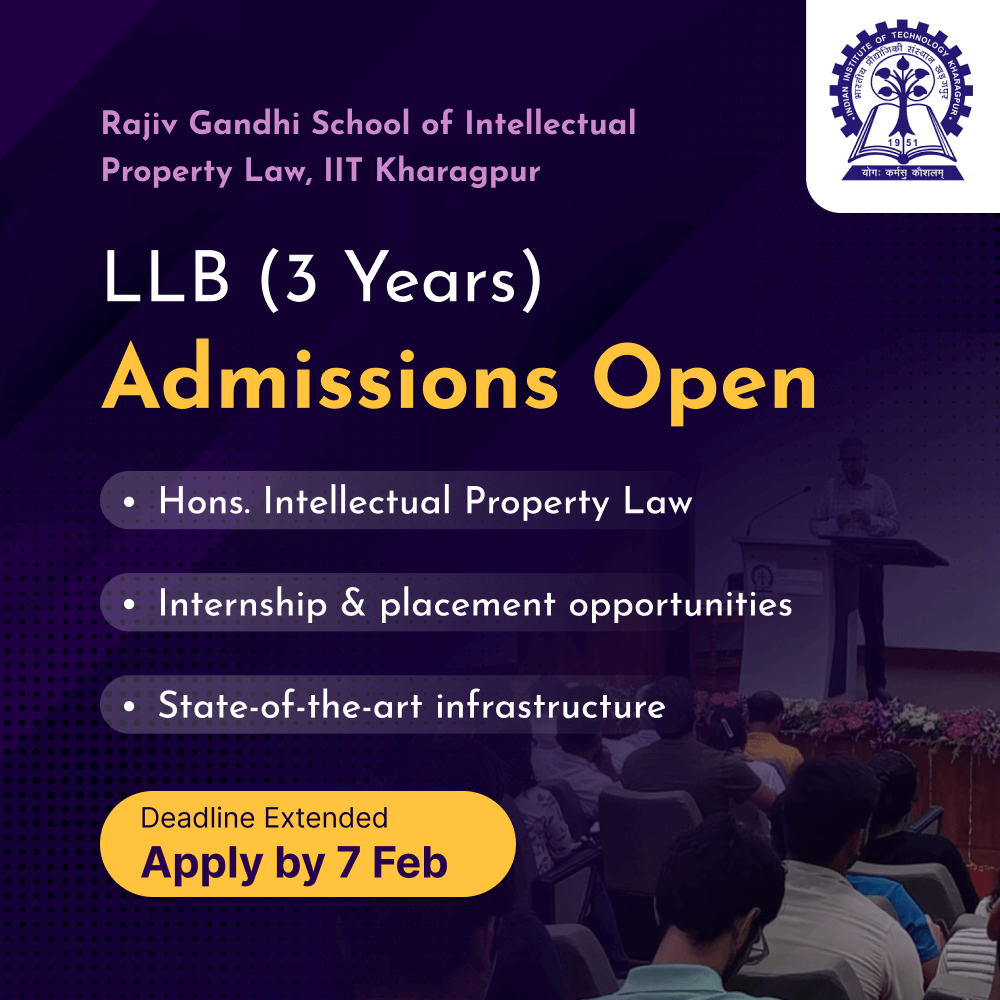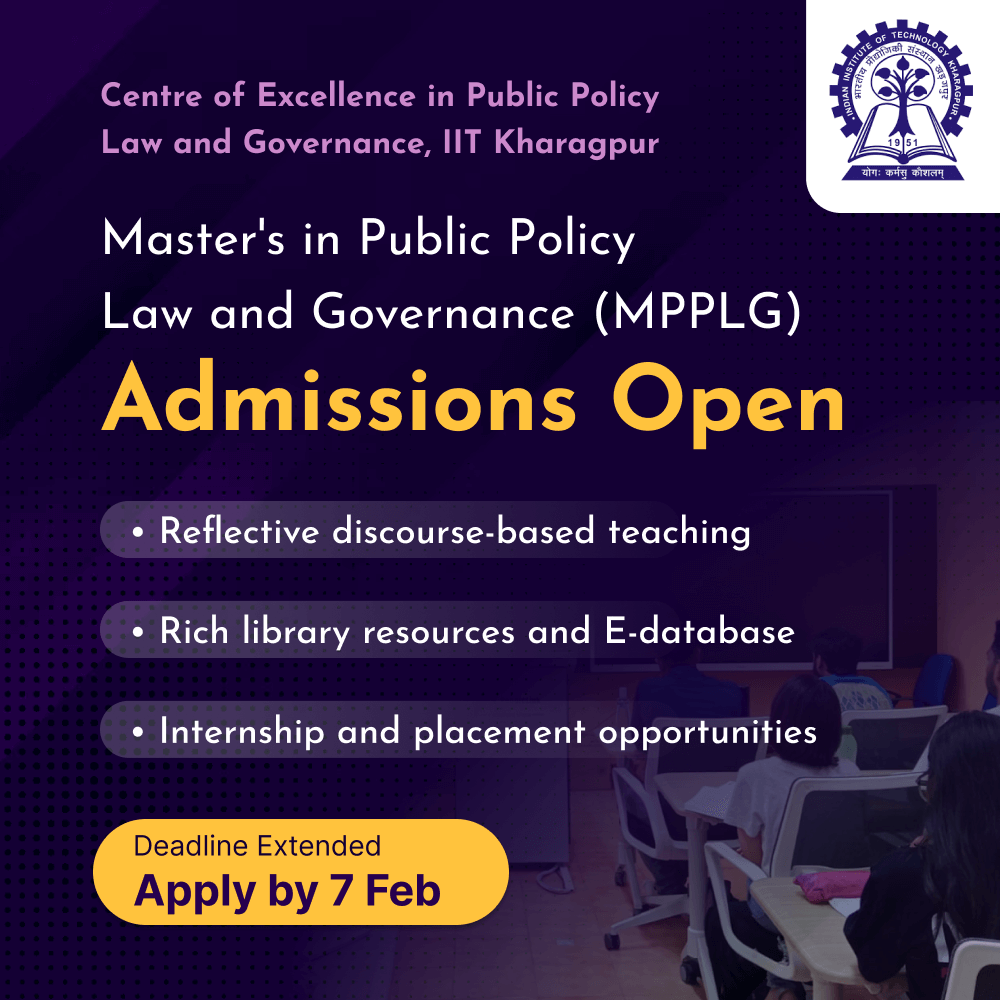Applications are invited for the 2nd Conference on Signal and Computer Vision by NIT Silchar. The paper submission deadline is May 17, 2025!
About NIT Silchar
The National Institute of Technology (NIT) Silchar, Assam, was established in 1967 as a regional engineering college and attained the prestigious status of NIT in 2002. NIT Silchar offers undergraduate, postgraduate, and doctoral programs in engineering, science, humanities, and management to nearly 5,000 students. The institute’s sprawling campus, which covers around 625 acres, has state-of-the-art infrastructure and lush greenery.
About SIPCOV 2025
The main aim of this international conference is to bring researchers from all the esteemed institutes of the World. Along with researchers, the professionals and executives from Signal Processing and Computer Vision are invited to share ideas and information about innovations focused on techniques for handling today’s
challenges. The conference aims to bring together leading researchers from academia and industries to exchange and share their experiences and results on all aspects of recent societal developments and applications. It will also provide an interdisciplinary platform for researchers, practitioners, and educators to present and discuss the most recent innovations, trends, and concerns, as well as practical challenges encountered and solutions adopted in the fields of Signal Processing and Computer Vision applications such as Image, and Video Processing, Medical Imaging and Technology, Communication System Engineering and IoT based System Design.
About ECE Dept.
The Department offers B.Tech. in Electronics and Communication Engineering and M.Tech. in two specializations (i) Micro-Electronics and VLSI Design & (ii) Communication and Signal Processing Engineering. This department also offers a Ph.D. in Electronics and Communication Engineering. The state-of-the-art laboratory facilities exist in the department to facilitate the UG, PG, and PhD scholars to research the frontier research areas of Electronics and Communication Engineering. The faculty members are specialized in diverse fields, and there is a commendable research ambience in the department. Department of Electronics and Communication Engineering takes up R & D projects sponsored by various funding agencies such as DST, SERB, BARC, MeitY CSIR, and many more.
Call for Papers
The Conference solicits papers in the areas of Signal, Image, and Video Processing, Medical Imaging and Technology, Communication System Engineering, and IOT based System Design Original and unpublished research papers from all viewpoints, including theory, practice, experimentation, and Survey highlighting specific research domains are invited from researchers, academicians and professionals throughout the globe for presentation in the technical sessions of the conference. The maximum allowable length of the paper
is 12-15 pages (including figures and references) for regular research articles. Three experts will blindly review articles to decide their suitability for publication at the conference. Accepted and registered papers will be published in IEEE.
Tracks
Track 1
- Signal, Image, and Video Processing
- Audio, Speech and Music Processing
- Deep learning for Images and Video
- Supervised and unsupervised Learning Methods
- Statistical Signal Processing
- Natural language Processing
- Image and Video Analysis for the Web
- Big data management
- Data Analytics and Machine Learning
- Computer graphics and visualization
- Signal/image metrics
- Human Biometrics and Security Systems
- Social Network Analysis
- Sentiment Analysis
- Information retrieval
- Emerging Technologies in Digital Signal Processing
- Virtual Reality and 3-D Imaging
- Multimedia Security and Forensics
Track 2
- Medical Imaging and Image Processing
- Computer-aided diagnosis
- Biomedical applications in molecular, structural, and functional imaging
- Ultrasonic imaging and tomography
- Medical Signal Acquisition, Analysis, and Processing
- Deep learning for Medical Imaging
- Biomedical & Health Informatics
- Applications in Electronic Health Records
- Neural and Rehabilitation Engineering
- Biomedical Engineering Education and Society
- Digital pathology
- Health monitoring devices
- Neuroimaging
- X-ray, CT, PET, and SPECT
- Image perception, observer performance, and technology assessment
Track 3
- 5G & BeyondTechnologies
- Device-to-Device (D2D) Communications
- Optical and Satellite Communication
- Routing Protocol and Architecture
- Cognitive Radio Systems and Networking
- Vehicular Networks
- Wireless Sensor Networks
- Modulation and Coding Techniques
- Ad-hoc & Sensor Networks
- Network Performance Analysis, Optimization and related topics.
- Wireless and Network Security
- Data Privacy, Cryptanalysis
- Routing Protocols and QoS Scheduling
- Green Communications
- Underwater Communications
- Machine Learning and its Applications to Communications
- Antenna, Propagation, and Computational EM
- THz, mmWave and RF Systems for Communications
Track 4
- Internet-of-Things (IoT) Networks
- Cognitive IoT
- Novel Applications of IoT in Industry (e.g., manufacturing, agriculture, business
- processes, etc. )
- Special purpose hardware to support deep learning in embedded architectures
- Digital Health and Telemedicine
- Vehicle Telemetry System with IoT
- Security and Privacy Enhancing Technologies for IoT devices
- Data Acquisition, Storage and Management for IoT
- AI and Machine Learning for the IoT
- IoT System Interfaces
- IoT-enhanced AR/VR/MR, Metaverse, and Games
- IoT protocols and Transports
- Agents and Multi-agent Systems
- Edge computing for smart embedded systems: hardware and software aspects
- Energy Efficiency and Sustainability in IoT
- Electronics and Signal processing for IoT
- Human Interaction with IoT
- IoT-enabled Innovation and Entrepreneurship
Important Dates
- Paper submission starts: February 17, 2025
- Paper submission deadline: May 17, 2025
- Paper decision: June 12, 2025
- Final paper submission: June 17, 2025
- Registration deadline: June 22, 2025
- Conference dates: August 8-9, 2025
How to Submit?
- Submissions should be made according to the IEEE Conference format (LaTeX template, or Word template).
- Papers should be submitted through the Microsoft CMT.
- The papers should be in English. The maximum full-length size of the paper should be 12-15 pages (Including references).
- Any published work or other conference/journal work submitted will be rejected in the preliminary stage.
- All papers will be checked by Plagiarism checker software.
- The paper submissions must follow the IEEE Conference formatting guidelines.
Contact Details
sipcov@nits.ac.in
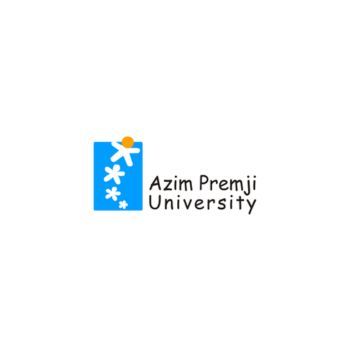
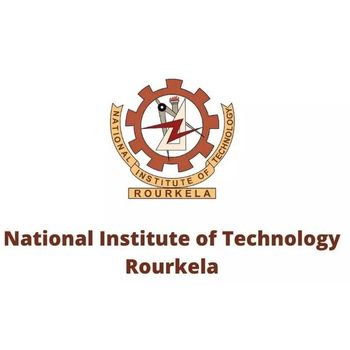
![IEEE ICWITE 2025 Summit at Bangalore [Sep 26-27]](https://cse.noticebard.com/wp-content/uploads/sites/23/2025/05/new-one-61.jpg)
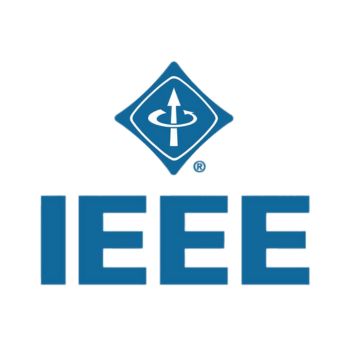
![CfP: International SARC Conference on Industrial and Production Engineering (ICIPE) at Pondicherry [June 1st]: Submit by May 16](https://cse.noticebard.com/wp-content/uploads/sites/23/2025/04/new-one-27-5.jpg)
![CfP: International Conference on Renewable, Environment and Agriculture at Madurai [Aug 1st]: Submit by July 16](https://cse.noticebard.com/wp-content/uploads/sites/23/2025/04/new-one-27-4.jpg)
